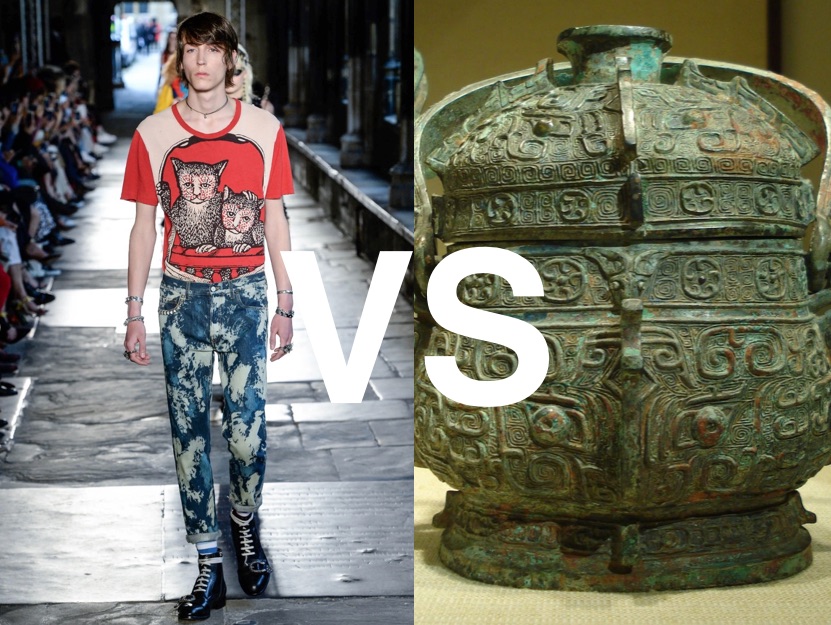The word “packaging” comes from the English verb “to pack” and means the process of creating some form that will ensure the safety of the goods during transportation and usage. To be more precise, the word “packaging” has several meanings. First, this is the industry: objects, materials and devices used to ensure the safety of goods and raw materials during transportation, storage and usage (packaging). The second meaning refers to the process and set of measures for preparing subjects for such.
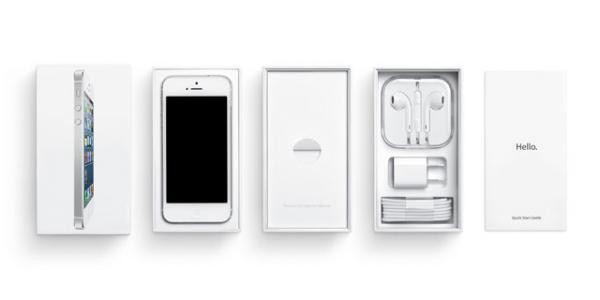
Thirdly, packaging refers to the prevailing style of representing things at a particular moment in time. The third meaning is the continuation of the second relating to any subject, their “look” or dress code, and reflects the feeling that in fact everything can be packaged, whether it is a consumer product or an abstract idea.
Dress code is communication. A unified appearance can be considered as a social mechanism: a group of people at a certain moment agrees with a certain type of clothing as appropriate and corresponds to it. After all, it is the dress code at the first appearance that means belonging even before the verbal presentation.
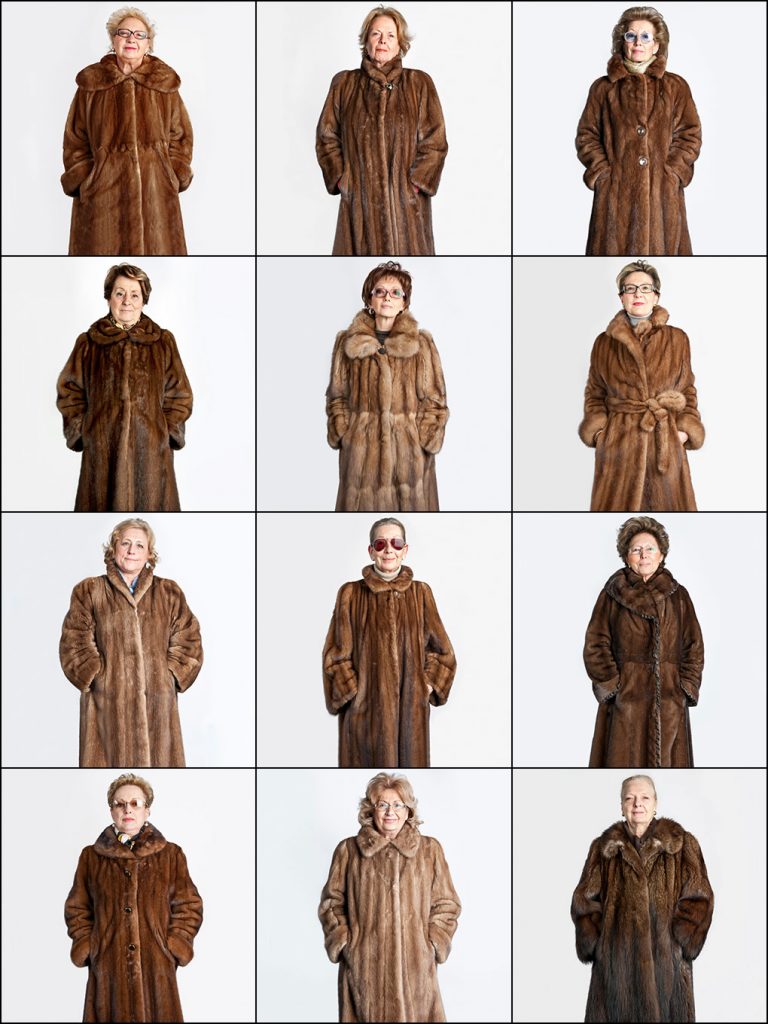 Just life a fine packaging shows the quality of handmade chocolate dessert. Therefore, packaging is a dress code for a product, designed primarily for quick thinking, which is characterized by stereotypes.
Just life a fine packaging shows the quality of handmade chocolate dessert. Therefore, packaging is a dress code for a product, designed primarily for quick thinking, which is characterized by stereotypes.
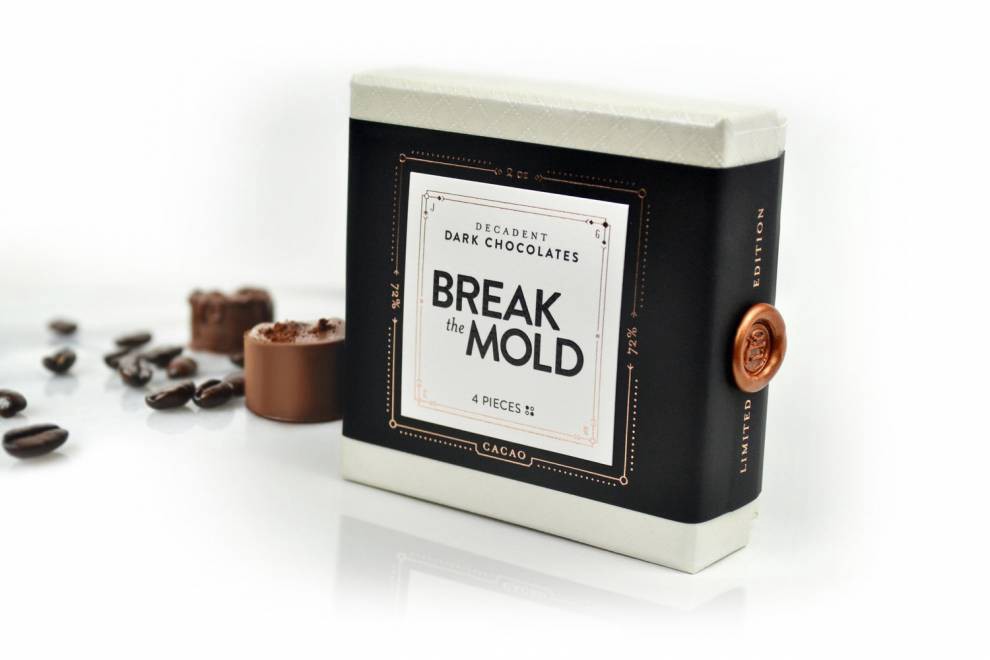
This is where packaging is similar to fashion. As Elizabeth Wilson wrote in her book «Adorned in Dreams: Fashion and modernity»: “Fashion is a dress in which a key feature is a quick and constant change of styles.” Fashion is a change, a process according to which styles replace each other. For this reason, both fashion and packaging establish a certain connection with time, with the present time and with the idea of modernity.

Any design or drawing has a dual nature: it is a product of the aesthetics of the era, but also a manifestation of the eternal aesthetic ideal. The packaging is an intermediary, influenced by trends, and all this is connected with the idea of modernity. Trends replace each other as a system of constant updating. This is a reflection of transformations in society, politics, and fashion. But what is the exact definition of modernity? And are there any different ways to be modern? There are three different interpretations of modern aesthetics.

Baudelaire is one who looks at fashion as the best example of what modernity actually is. For Baudelaire, this is something that is constantly changing, it is forgetting the past, but also refers to it. Poets, artists, writers, they all must start with observing the life and habits of their contemporaries. But for Baudelaire, the main task is to extract beauty from the present. Baudelaire believes that beauty is eternal and consists of unchanging forms, which he calls «ideals» in connection with the philosophy of Plato. It’s like a musical theme and its variations, the same repertoire season after season, classic colors and shapes. Constant updating here is a necessary limitation that helps to avoid getting bored.
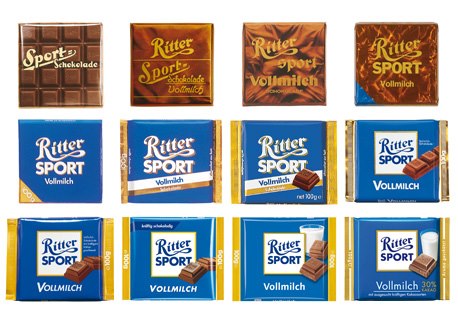
Another French poet, Stefan Mallarmé interpreted modernity in a radically different sense. For Mallarmé, beauty is also an ideal, but so pure and abstract that even the most gifted artist cannot reach it. The ephemerality and elusive nature of the present is similar to the inaccessibility of ideal beauty. Here come futurism, innovation, the anticipation of the future, bright bold colors.
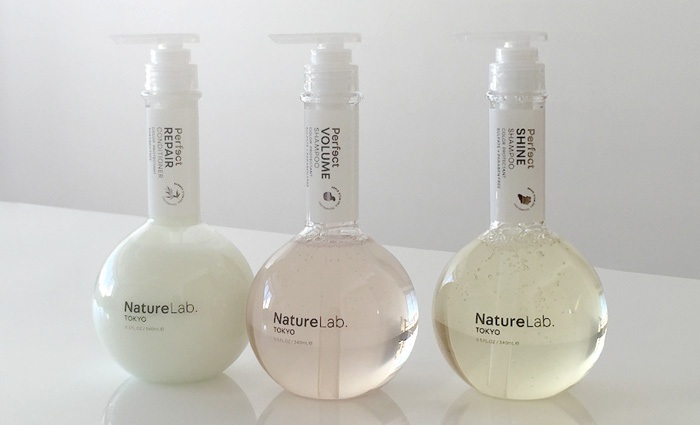
Some brands execute the same style from year to year. Others seek to reflect Zeitgeist, the spirit of the moment. In the late sixties in France, Chanel represented the “eternal chic” and values of the classical order, while Courrèges and his aesthetics of novelty symbolized youth and absolute innovation.
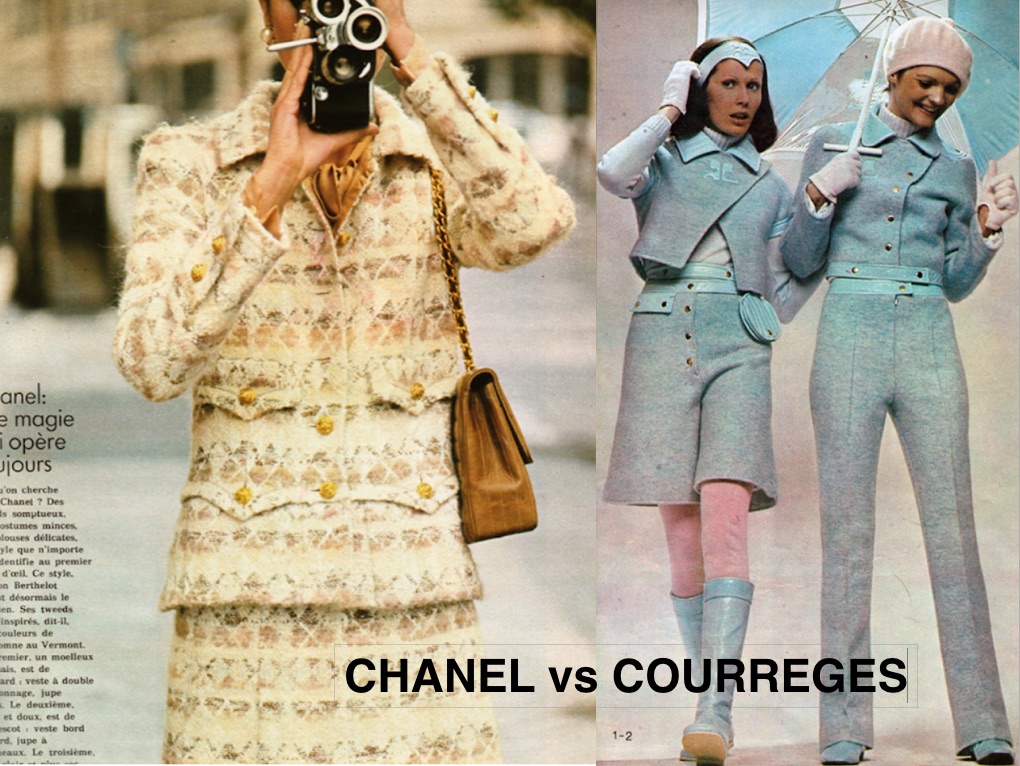
Chanel adheres to a creative strategy that is very reminiscent of Baudelaire’s understanding.
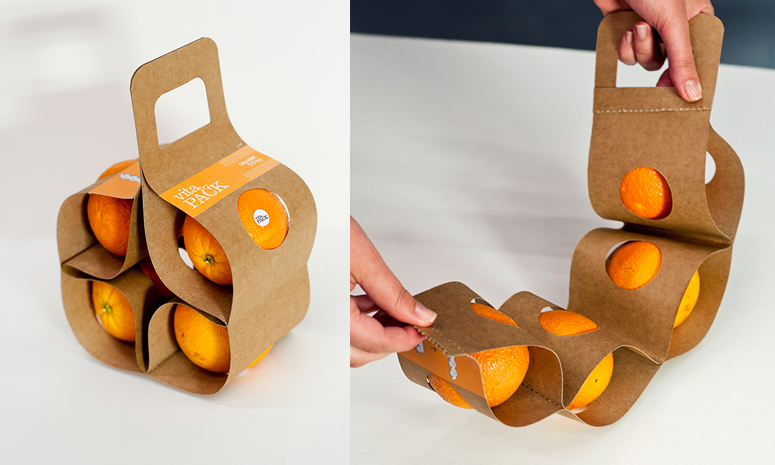
Courrèges and his obsession with constant renewal have a lot in common with the aesthetics of pure novelty praised by Mallarmé. The purpose of fashion here is to reflect the current present, for example, the Vetements brand, or the very near future, which is already starting to flourish.
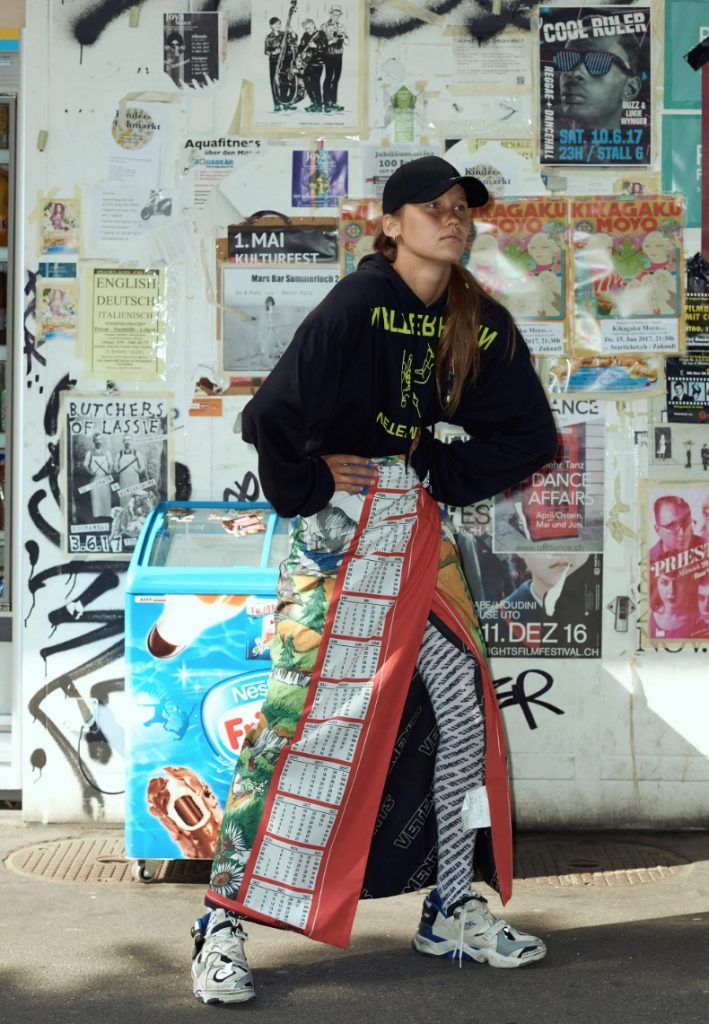
Today, this division continues in fashion: some brands mainly adhere to their heritage, while others put modern relevance as their creative priority.
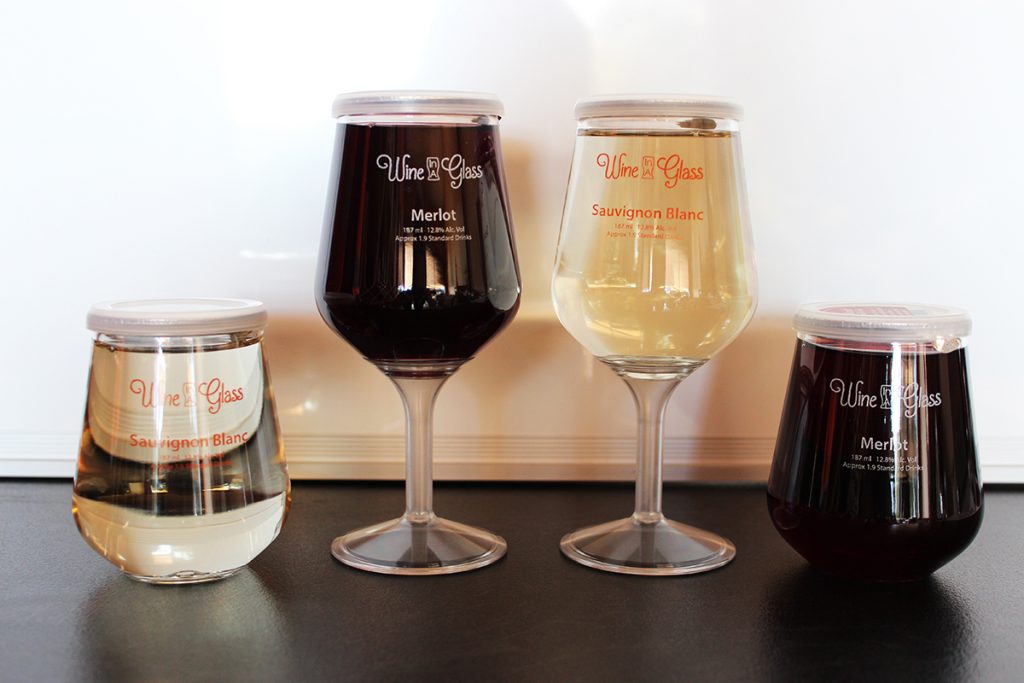
But there is a third option. Along with Baudelaire brands that seek to create a fixed aesthetics, and Mallarmé brands that are looking for absolute novelty, there are those who combine past and present with a hybrid style of collages, quotes and create a vintage-inspired fashion. Walter Benjamin, the author of «A Work of Art in the Age of Mechanical Reproduction», defines modernity as the development of historical awareness of our current condition. He does not believe in eternal beauty. Rather than looking for this vain ideal, Benjamin suggests that the modern creator is the most aware of the nature of the current historical situation and of the resemblance between our times and past times.
We could say that the vintage trend is very a la Benjamin.

In fashion, this conception of historical time as a non-linear cyclical one made of constant back-and-forth movements. The idea of modernity as a set of quotes is perfectly illustrated by the Gucci brand, an example of a creative model that draws heavily on the past.
Why do dress codes exist, to what purpose do they serve? You can draw attention to yourself, show how you are unique and even display your political views and values. Perhaps they help to find your own king quicker. Tris is a tool of instant identification: you see the design you are looking for, grab a product from the shelf, and rush away.
